Classification of Colombian coffee beans description of flavor and taste characteristics of Colombian coffee beans
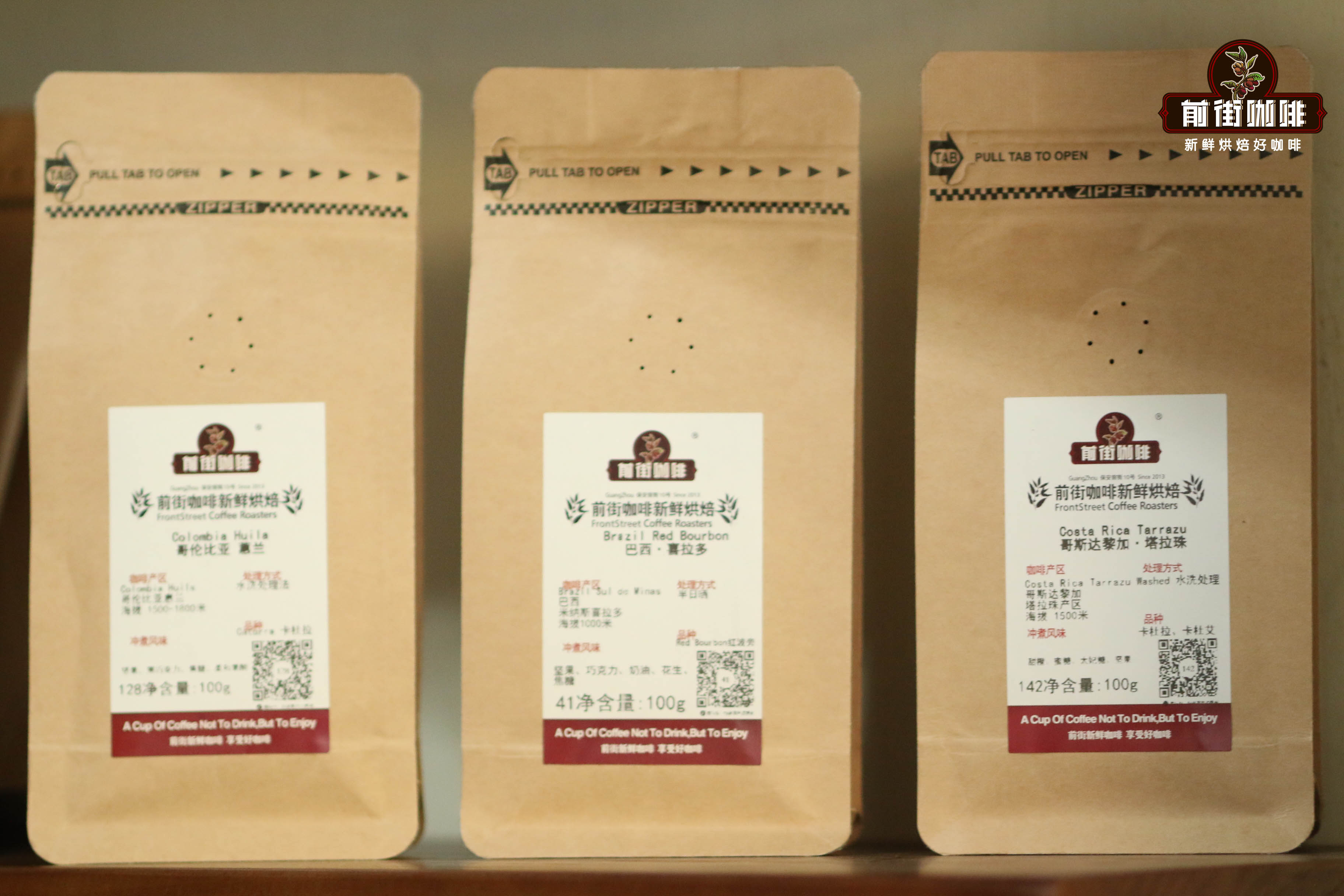
Colombia is the world's second largest producer of Arabica coffee beans after Brazil. Everyone is familiar with the taste of Colombian coffee beans, the taste of chocolate. As we all know, coffee originated in Ethiopia. If no one brought coffee seeds or saplings to Colombia, how could there be Colombian coffee today? But there is a lot of talk about the origin of the history of coffee cultivation in Colombia, one of which is that coffee may have been introduced by Jesuit monks in 1723 and then gradually spread to various parts of the country to become a cash crop.
It was not until the 19th century that Colombian coffee was commercialized and occupied a pivotal position at the end of the 19th century. Coffee became one of the main sources of income for the Colombian government. By the early 20th century, Colombia established a logistics system that enabled small coffee farmers in remote areas to export their own coffee beans more efficiently, so Colombian coffee bean exports accounted for about 50% of total exports.
If friends go to the supermarket to look for Colombian coffee beans, there is a good chance that they will see the "MAM" logo. Some small friends may think that "MAM" is a producing area. Qianjie needs to popularize science with you here. Strictly speaking, "MAM" is made up of three large producing areas, namely, Medellin, Armenia and Manizales. These three large producing areas are the best known commercial coffee bean producing areas.
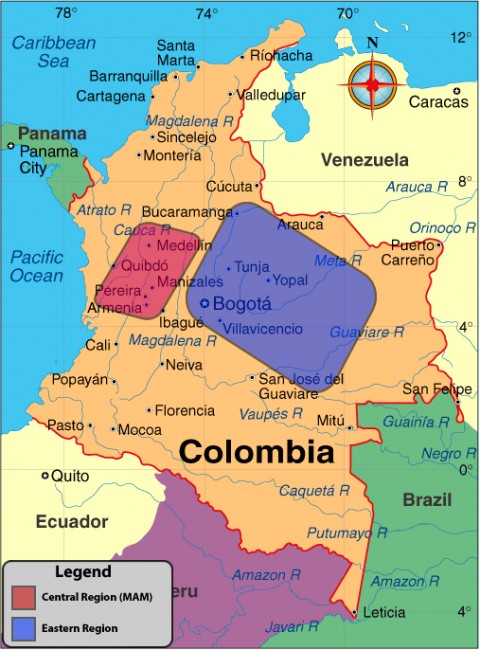
Colombia's boutique coffee bean producing areas are generally in the south. Next, let Qianjie introduce these producing areas one by one:
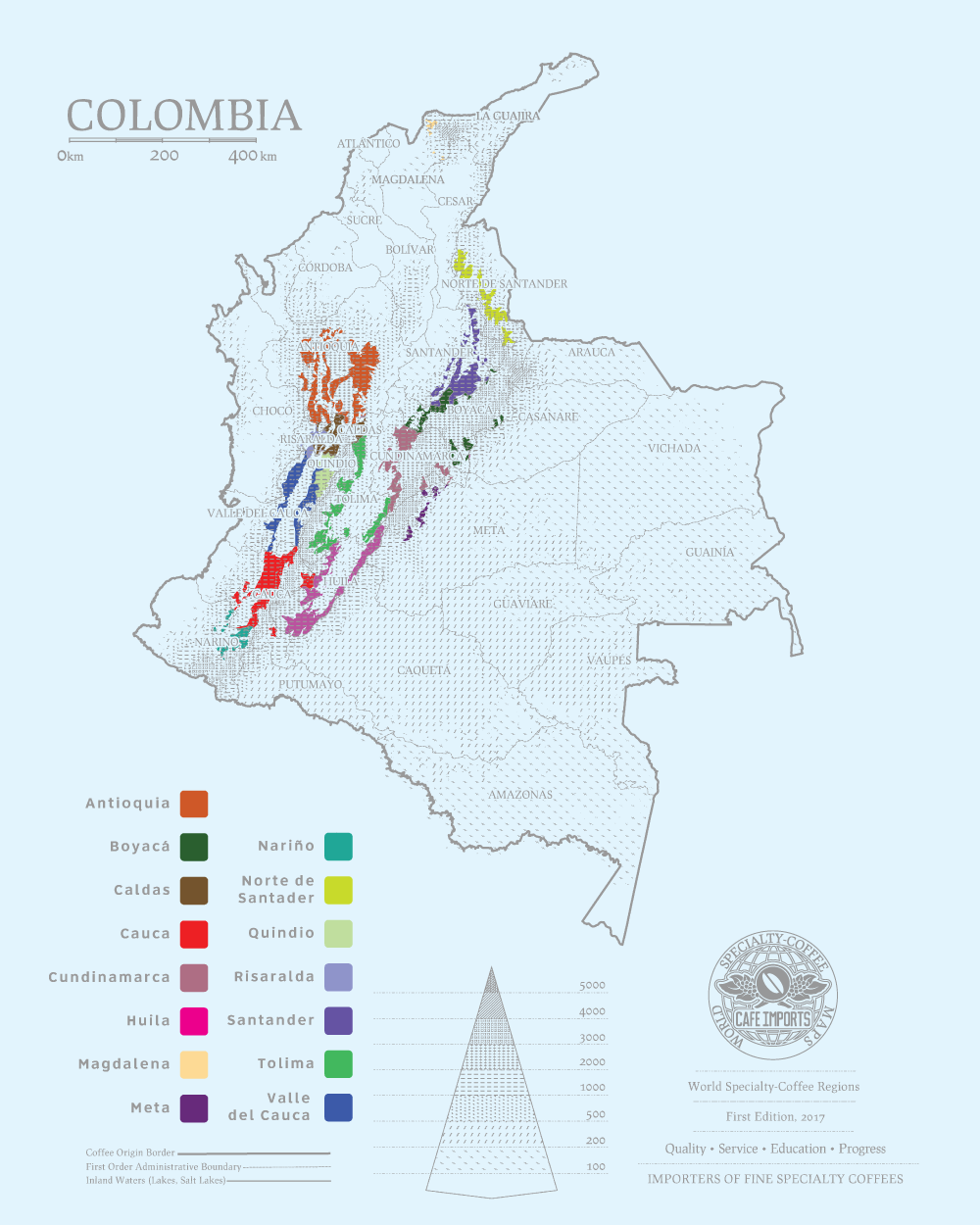
[Antioquia Antioquia]
Antioquia is the earliest place where Colombian coffee takes root, most of which are towering above sea level and near the high mountains of the Andes, it is an important coffee producing area in Colombia.
[Boyaca Boyaca]
Boyaca is one of the first areas in Colombia to grow coffee. Today, there are more than 10,000 small farmers in Boyaca, each of whom carefully selects cherries for coffee in their own processing station. This production area has a long history of cooperation with FNC.
[Koka Cauca]
Cauca, adjacent to Tolima and Whelan, is a certified coffee producing area of Colombia, with an average elevation of about 1700 meters, 80% of the terrain is mountainous, and there are two main volcanoes, Sotara and Petacas, nearby, providing fertile volcanic soil for coffee cultivation in Cauca.
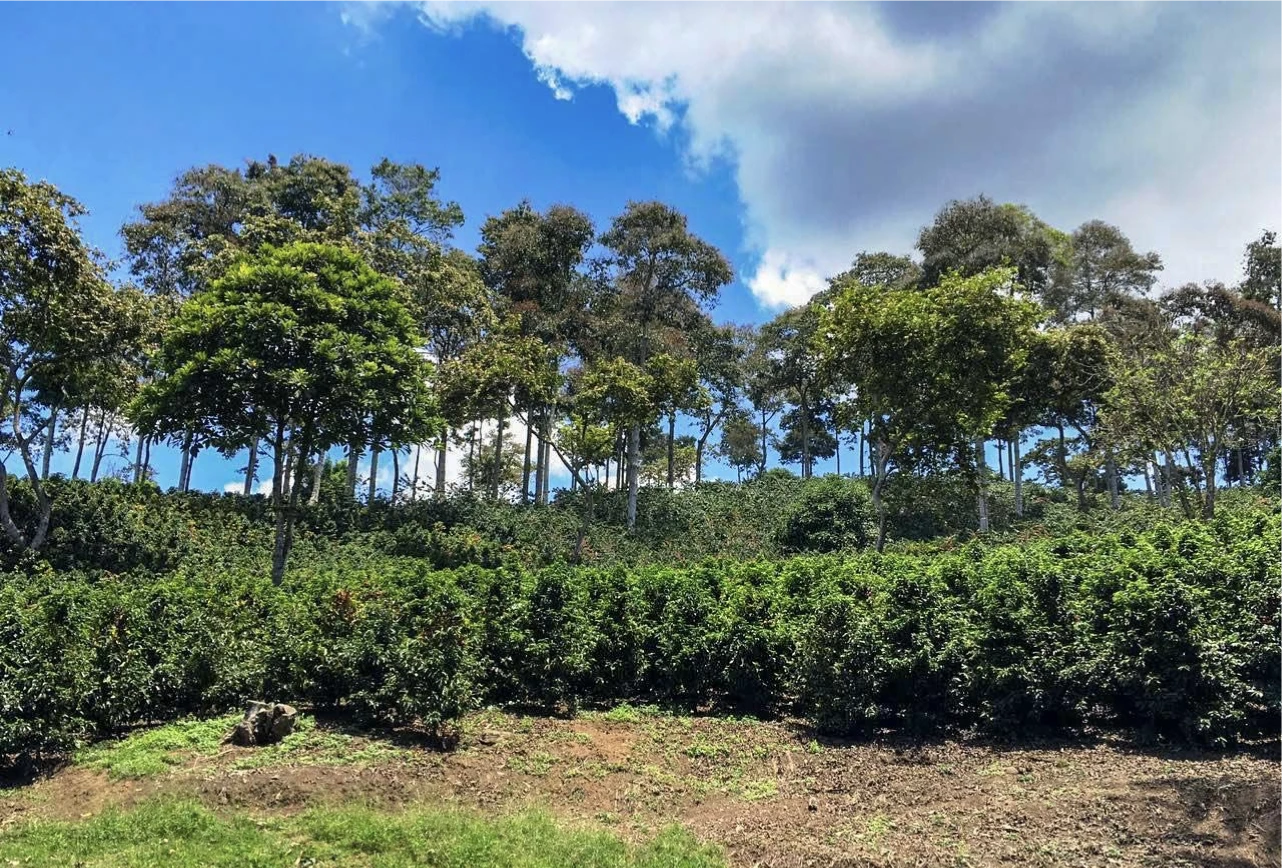
[Huilan Huila]
Huilan is the most famous boutique coffee producing area in Colombia, located on one side of the Andes, near Colombia's second peak Nevado del Huila volcano, where fertile soil, lush forests and humid climate are very suitable for coffee cultivation. Many important rivers in Colombia meet the Huilan producing area, bringing rich water resources and moisture here.
[na Linglong Narino]
The Nalinglong producing area is the first coffee producing area to obtain the certification of Colombian coffee origin. The terrain in the Nalinglong producing area is steep, and there are active volcanoes. Galeras volcano brings a lot of fertile volcanic soil to Nalinglong.
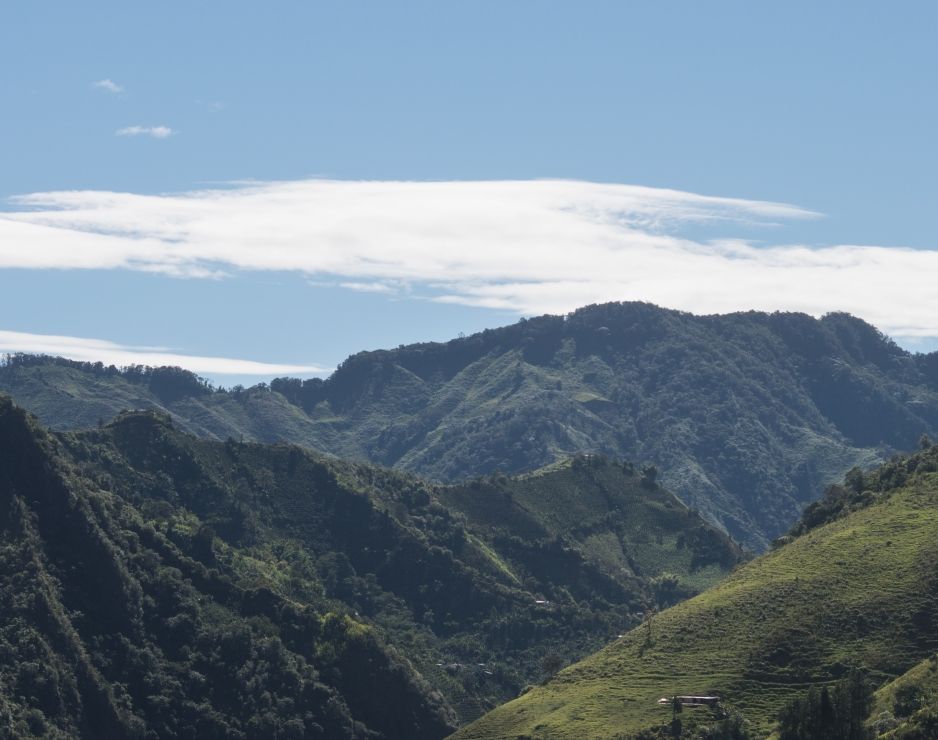
[Santander Santander]
Santander is a famous boutique coffee producing area in northern Colombia. the low altitude and high temperature make the coffee in Santander more intense and round. As of 2020, there are 32000 coffee growers and 37000 coffee farms in Santander. Through the cup test of the coffee beans in the Santander area in the front street, it is found that the coffee beans in the Santander area have a strong flavor, a long finish and a unique fresh flavor of vegetation.
[Tolima Tolima]
Tolima is the third largest coffee producing area in Colombia, where 12% of Colombia's coffee beans are produced. The Andes and Magdalena basins completely surround the Tolima producing area and are in a remote environment.
The friends of Qianqian Street Food Bean Series can find that the Qianjie rations Bean Series is composed of various iconic producing areas. Among them, there is Colombia Huilan this coffee bean.
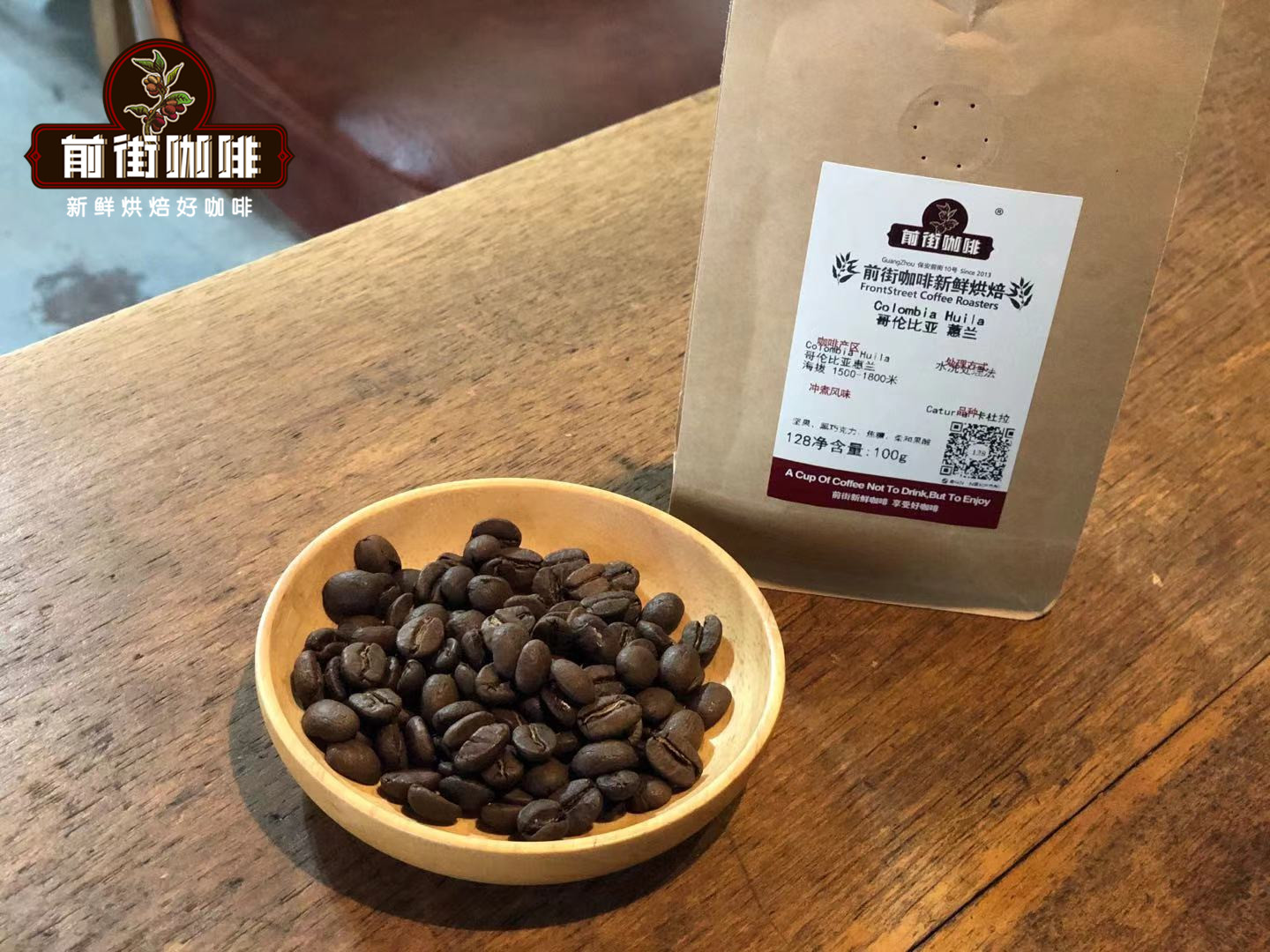
Whelan is the largest boutique coffee producing area in Colombia. it is not only the largest coffee producing area in Colombia, but also the amazing quality of its coffee. Finally, in 2013, Whelan became a certified coffee producing area of Colombia.
Walk into the front street store and ask the barista which producing area will be if you want to use a producing area to represent Colombia. The baristas on the front street will answer the Huilan producing area. Columbia Huilan Coffee is characterized by light acidity, rich nut chocolate flavor and well-balanced flavor.
It is said that good ingredients often require only the simplest way of cooking. The same goes for coffee. The coffee beans treated by washing can show the most basic flavor of the producing area, and the taste is the cleanest and brightest, while the sun has a stronger aroma, sweeter taste and thicker taste.
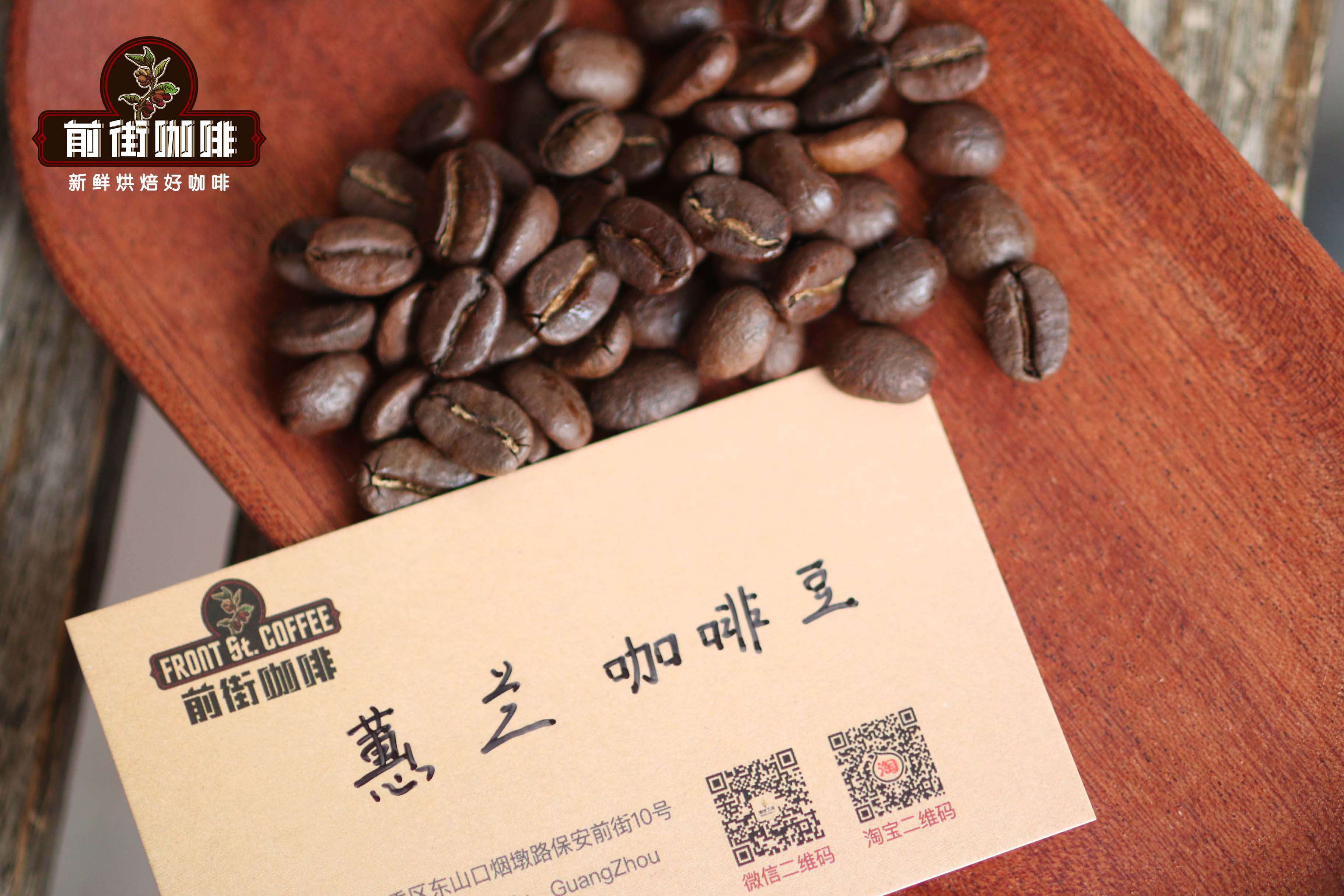
Qianjie Coffee Columbia Whelan
Producing area: Huilan, Colombia
Altitude: 1500 m-1800 m
Variety: Kaddura
Treatment method: washing treatment method
Coffee beans in Africa are mostly shallow baked to highlight their acidity, Asian coffee beans are mostly deep baked to highlight their mellow thickness, and American coffee beans are mostly medium baked to highlight its aroma. In order to highlight the flavors of Colombian Whelan coffee, such as nuts and chocolates, and enhance the sweetness such as caramel, the bakers on the front street adopt a medium roasting method.
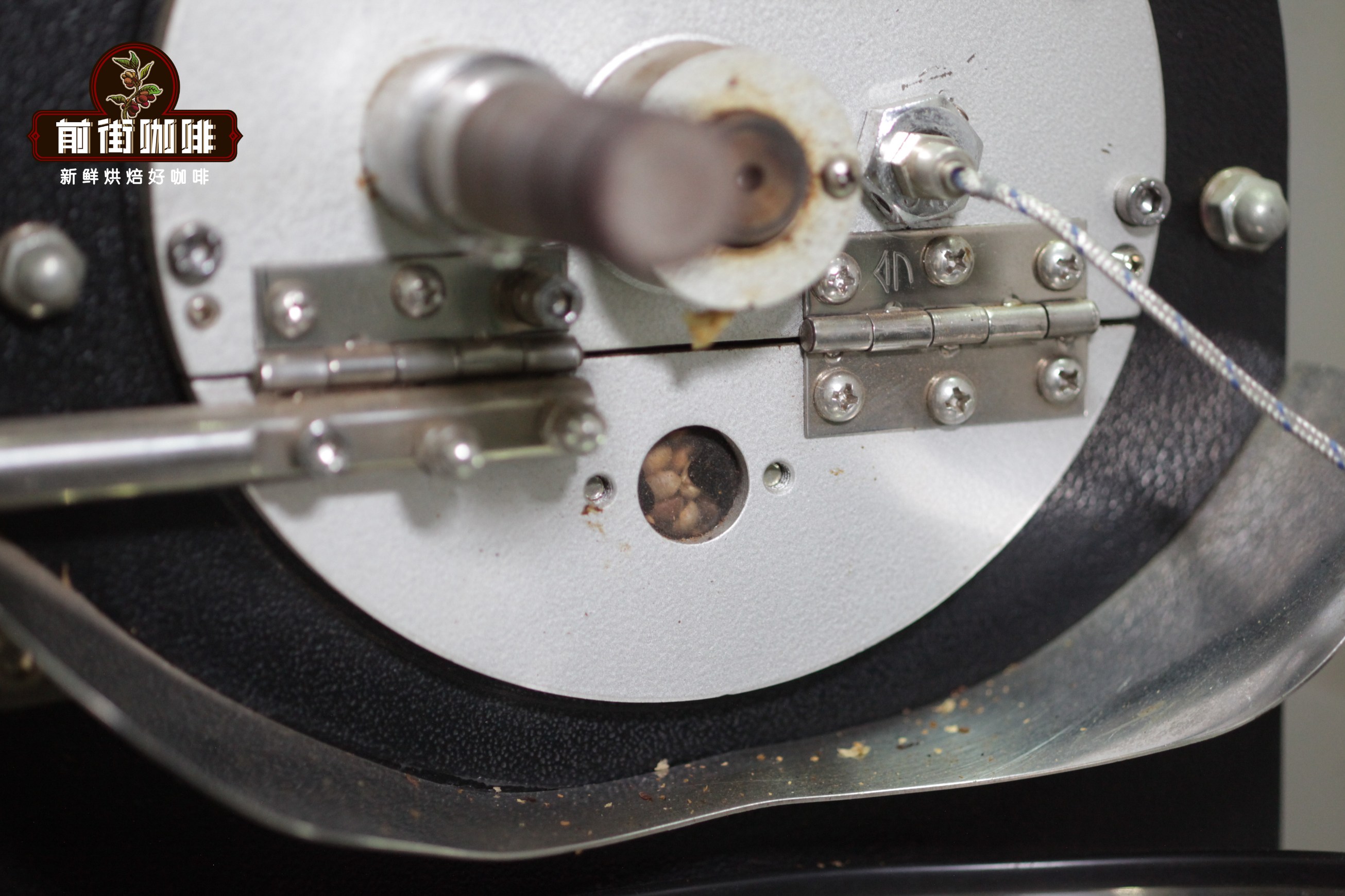
When the baristas of Qianjie Coffee brewed the Colombian Whelan beans, combined with the basic flavor and roasting degree of the beans, they used hot water at a high temperature of 90 degrees Celsius to extract the aroma as much as possible. However, in order to avoid bitterness due to excessive extraction due to high water temperature, the Hario V60 filter cup with fast flow rate will be chosen. At the same time, in order to make the final product have a richer sense of hierarchy, Qianjie suggests using three-stage water injection.
Filter cup: Hario V60
Water temperature: 90 degrees Celsius
Amount of powder: 15g
Ratio of powder to water: 1:15
Grinding degree: the pass rate of No. 20 screen is 80%.
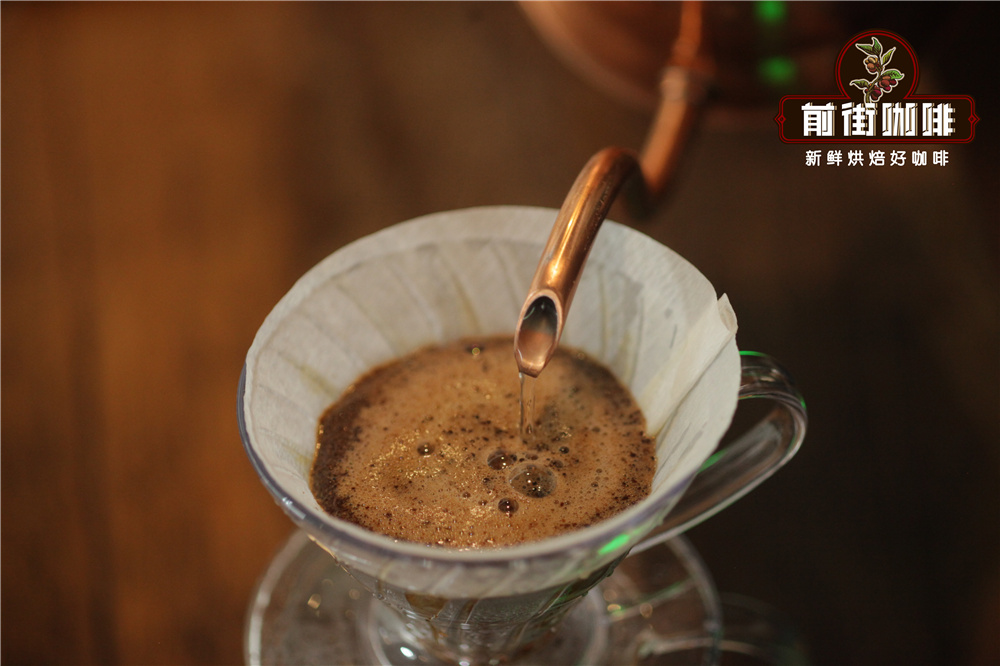
First inject 30 grams of water and steam for 30 seconds, slowly circle a small flow of water into the second section of water to 125 grams, wait for the water level in the filter cup to drop to 1 stop 2, and then continue to inject the third section of water to 225 grams. Finally, the filter cup can be removed after the water is completely filtered under the container, and the total extraction time is about 2 minutes.
For more information about coffee beans, please follow the coffee workshop (Wechat official account cafe_style) and exchange professional coffee knowledge. Please add Wechat account kaixinguoguo0925.
Important Notice :
前街咖啡 FrontStreet Coffee has moved to new addredd:
FrontStreet Coffee Address: 315,Donghua East Road,GuangZhou
Tel:020 38364473
- Prev

What are the brands of Colombian coffee beans? description of the flavor and taste of Colombian coffee beans
Following Cafe Review (Wechat official account vdailycom) found that Colombian Coffee, which opened a small shop in a beautiful cafe, has a kind of bitter experience, which is like life; suffering is pain, it makes people quiet, and the last fragrance becomes a kind of spiritual victory. JUAN-VALDEZ as the first in Colombia
- Next
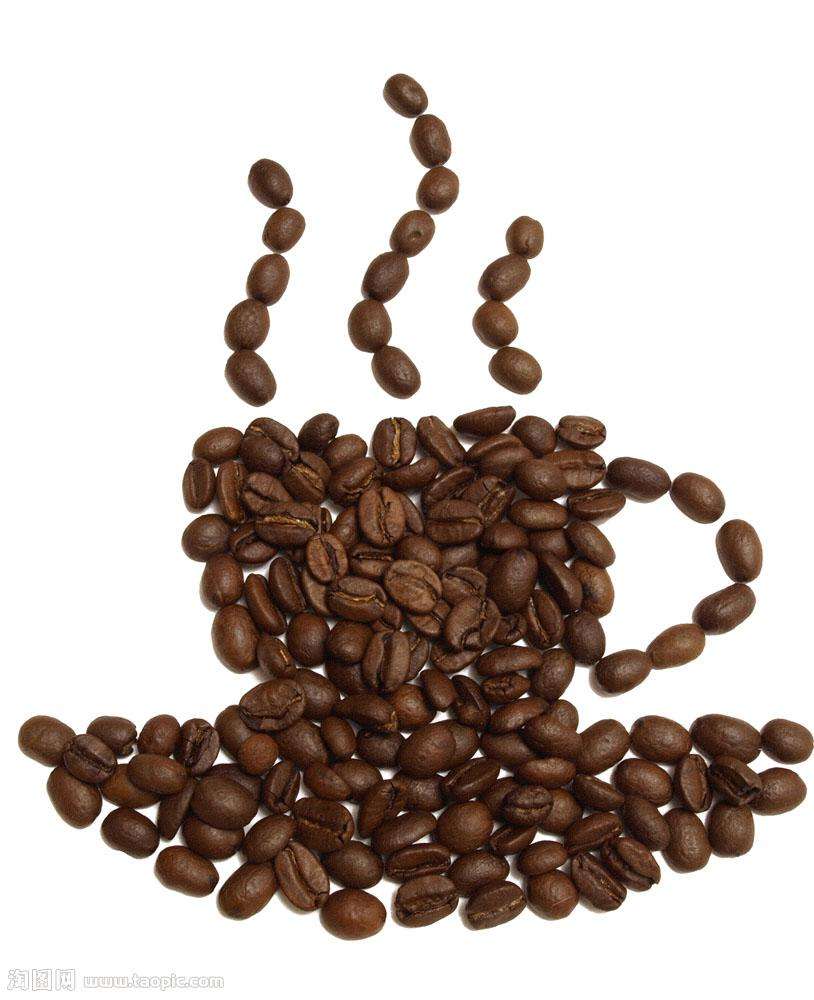
How do Hawaiian coffee beans taste? are Hawaiian coffee beans good?
Following Cafe (Wechat official account vdailycom) found that Hawaiian Coffee has opened a small shop of its own. Hawaii spans the latitude 19 to 22, south of the Tropic of Cancer, the trade wind blows the Hawaiian Islands, is a perfect coffee growing area, the 50th state of the United States, 2400 miles from the west coast of the United States, is the only production in the United States.
Related
- Detailed explanation of Jadeite planting Land in Panamanian Jadeite Manor introduction to the grading system of Jadeite competitive bidding, Red bid, Green bid and Rose Summer
- Story of Coffee planting in Brenka region of Costa Rica Stonehenge Manor anaerobic heavy honey treatment of flavor mouth
- What's on the barrel of Blue Mountain Coffee beans?
- Can American coffee also pull flowers? How to use hot American style to pull out a good-looking pattern?
- Can you make a cold extract with coffee beans? What is the right proportion for cold-extracted coffee formula?
- Indonesian PWN Gold Mandrine Coffee Origin Features Flavor How to Chong? Mandolin coffee is American.
- A brief introduction to the flavor characteristics of Brazilian yellow bourbon coffee beans
- What is the effect of different water quality on the flavor of cold-extracted coffee? What kind of water is best for brewing coffee?
- Why do you think of Rose Summer whenever you mention Panamanian coffee?
- Introduction to the characteristics of authentic blue mountain coffee bean producing areas? What is the CIB Coffee Authority in Jamaica?

